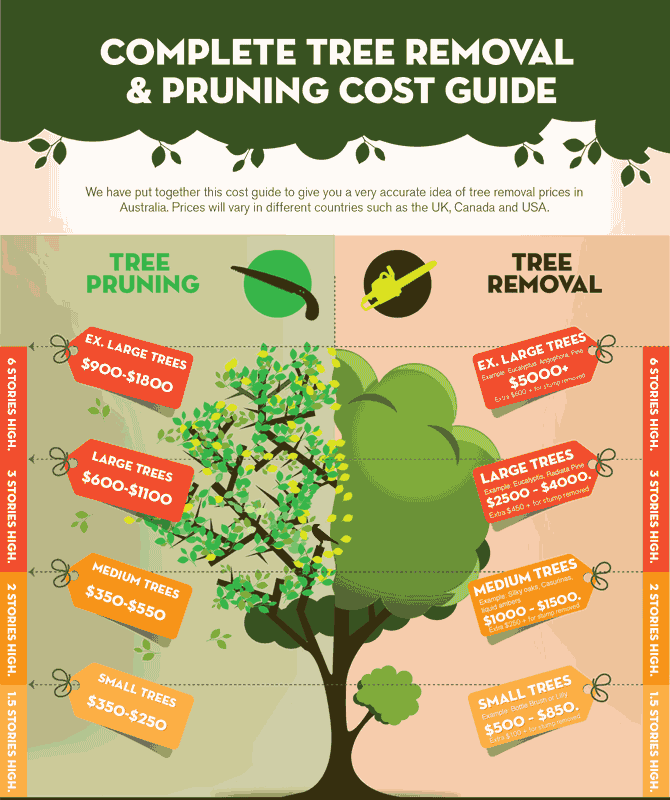All Categories
Featured
The removal of trees can develop open rooms that are at risk to weed intrusion. When trees are existing, their thick canopies usually shade the ground, limiting the amount of sunshine that gets to the soil. After the removal of trees, these open areas receive enhanced sunlight, offering ideal problems for weed growth.

They might recommend the usage of mulch, which acts as a safety obstacle on the soil surface area, preventing weed seeds from germinating and reducing weed development.

The presence of trees cultivates a rich and diverse neighborhood of soil microorganisms. Tree roots provide a resource of natural matter, exudates, and nutrients that sustain the development and activity of helpful dirt microorganisms. When trees are removed, the lack of their origins can interrupt the delicate balance of the dirt's microbial environment.
Who Is The Best Wollongong Council Tree Removal Company?
This change in pH can influence vitamins and mineral schedule, microbial activity, and general dirt health. To address the impacts of tree cutting on dirt pH, tree elimination professionals can provide valuable guidance. They may advise soil screening to assess the present pH levels and identify the needed modifications. Based upon the results, experts can suggest pH adjustment methods, such as including lime to raise soil pH or integrating essential sulfur to reduce it.

It refers to the compression of dirt bits, leading to decreased pore space and enhanced dirt density. This compaction can adversely affect the soil's capability to function ideally, influencing its water-holding capacity, nutrient availability, and root penetration. Proper strategies employed by tree elimination experts can help lessen compaction and preserve the dirt's ability to maintain water, and permit sufficient airflow and careful tools handling.
Latest Posts
What Is The Best Arborist Wollongong Program?
What Is The Best Palm Tree Removal Wollongong Service?
What Does Tree Removal Wollongong Cost?